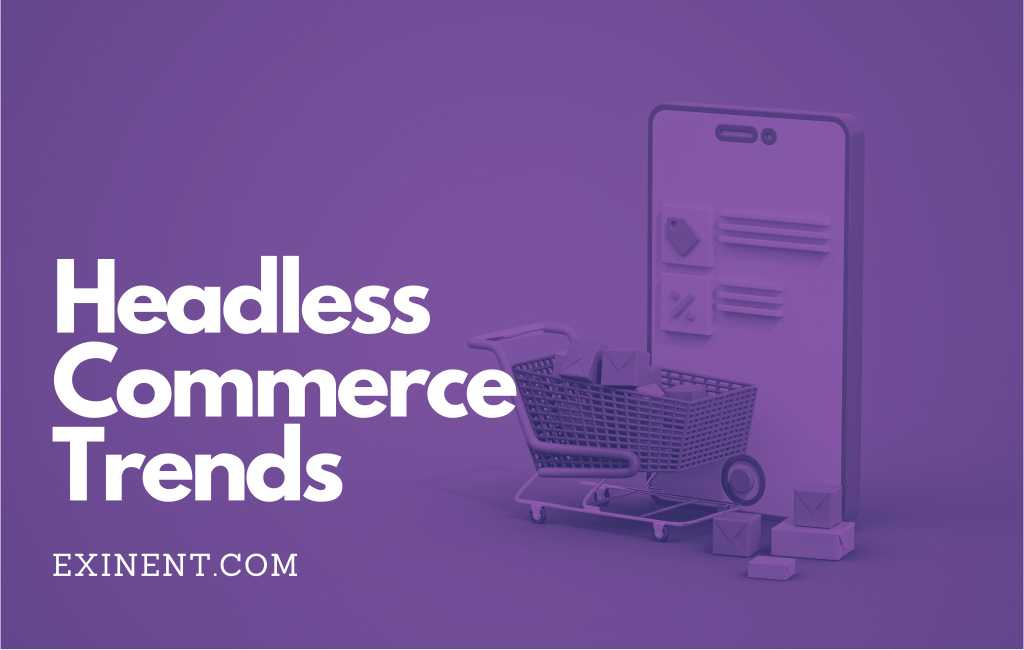
Headless commerce has emerged as a powerful new approach to building e-commerce applications in recent years. By separating the front-end presentation layer from the back-end commerce functionality, headless commerce allows businesses to create more flexible, scalable, and customizable e-commerce applications.
But what does the future hold for headless commerce? In this article, we’ll explore ten trends and predictions for the future of headless commerce.
1. Increased Adoption of API-First Commerce Platforms
As headless commerce becomes more popular, we expect to see increased adoption of API-first commerce platforms. These platforms are designed to support headless commerce architectures, providing a robust set of APIs allowing businesses to build and integrate their front-end applications easily.
2. Greater Emphasis on Personalization
Personalization is becoming increasingly important in the e-commerce industry as businesses seek to provide more tailored and engaging shopping experiences for their customers. With headless commerce, companies can create highly customized and personalized front-end applications that deliver a more immersive shopping experience.
3. Rise of Progressive Web Applications (PWAs)
Progressive web applications (PWAs) are another trend that is expected to grow in the future of headless commerce. PWAs are web apps that offer a native app-like experience, delivering fast, reliable, and engaging user experiences across all devices.
4. Increased Use of Artificial Intelligence (AI)
Artificial intelligence (AI) is already used in the e-commerce industry to provide personalized recommendations, chatbots, and other intelligent features. Shortly, we can see even greater use of AI in headless commerce applications, providing businesses with powerful new tools for analyzing customer data and providing more personalized shopping experiences.
5. Increased Use of Voice Commerce
Voice commerce is another trend that is expected to grow in the future of headless commerce. As more customers use virtual assistants like Alexa and Google Home to shop online, e-commerce businesses must optimize their sites for voice search and provide a seamless voice shopping experience.
Headless commerce can make it easier for businesses to add voice commerce functionality to their sites by separating the front-end user interface from the back-end technology stack. With headless commerce, businesses can create voice-enabled applications that give customers a more convenient and personalized shopping experience.
6. Greater Focus on Security and Privacy
As e-commerce businesses collect more customer data, it is becoming increasingly important to ensure it is protected and secure. We have seen e-commerce businesses emphasizing security and privacy regarding their technology infrastructure and customer-facing applications.
Headless commerce can help businesses to achieve greater security and privacy by providing greater control over their data and allowing them to deploy security measures more efficiently.
7. Increased Adoption of Cloud-Based Infrastructure
Cloud-based infrastructure is another trend that is expected to grow in the future of headless commerce. The cloud-based infrastructure allows businesses to quickly scale their operations and reduce the need for expensive hardware and IT infrastructure.
With headless commerce, businesses can easily deploy their applications to the cloud, providing greater flexibility and scalability while reducing costs.
8. Greater Adoption of Subscription-Based Models
Subscription-based models are becoming increasingly popular in the e-commerce industry as they provide businesses with a more predictable revenue stream and allow them to build long-term customer relationships.
With headless commerce, businesses can easily implement subscription-based models by separating the front-end user interface from the back-end technology stack. This allows businesses to create highly customized subscription plans and provide a seamless subscription experience for their customers.
9. Increased Integration with Social Media
Social media has become an increasingly important channel for e-commerce businesses as they seek to reach new customers and engage with their existing audience. This will result in greater integration between headless commerce applications and social media platforms.
With headless commerce, businesses can easily integrate their e-commerce applications with social media platforms, allowing customers to purchase directly from social media sites and providing a more seamless and engaging shopping experience.
10. Increased Use of Augmented Reality (AR)
Augmented reality (AR) is another critical trend that is expected to grow in the future of headless commerce. AR technology allows businesses to provide customers with immersive shopping experiences, allowing them to see products in 3D and visualize how they will look in their environment.
With headless commerce, businesses can easily integrate AR functionality into their e-commerce applications, providing a more engaging and personalized shopping experience for their customers.
Headless commerce is set to revolutionize the e-commerce industry, providing businesses with greater flexibility, scalability, and customization. By adopting an API-first approach and embracing trends like personalization, PWAs, AI, voice commerce, security and privacy, cloud-based infrastructure, subscription-based models, social media integration, and AR, businesses can stay ahead of the curve and deliver a more engaging and immersive shopping experience for their customers.
